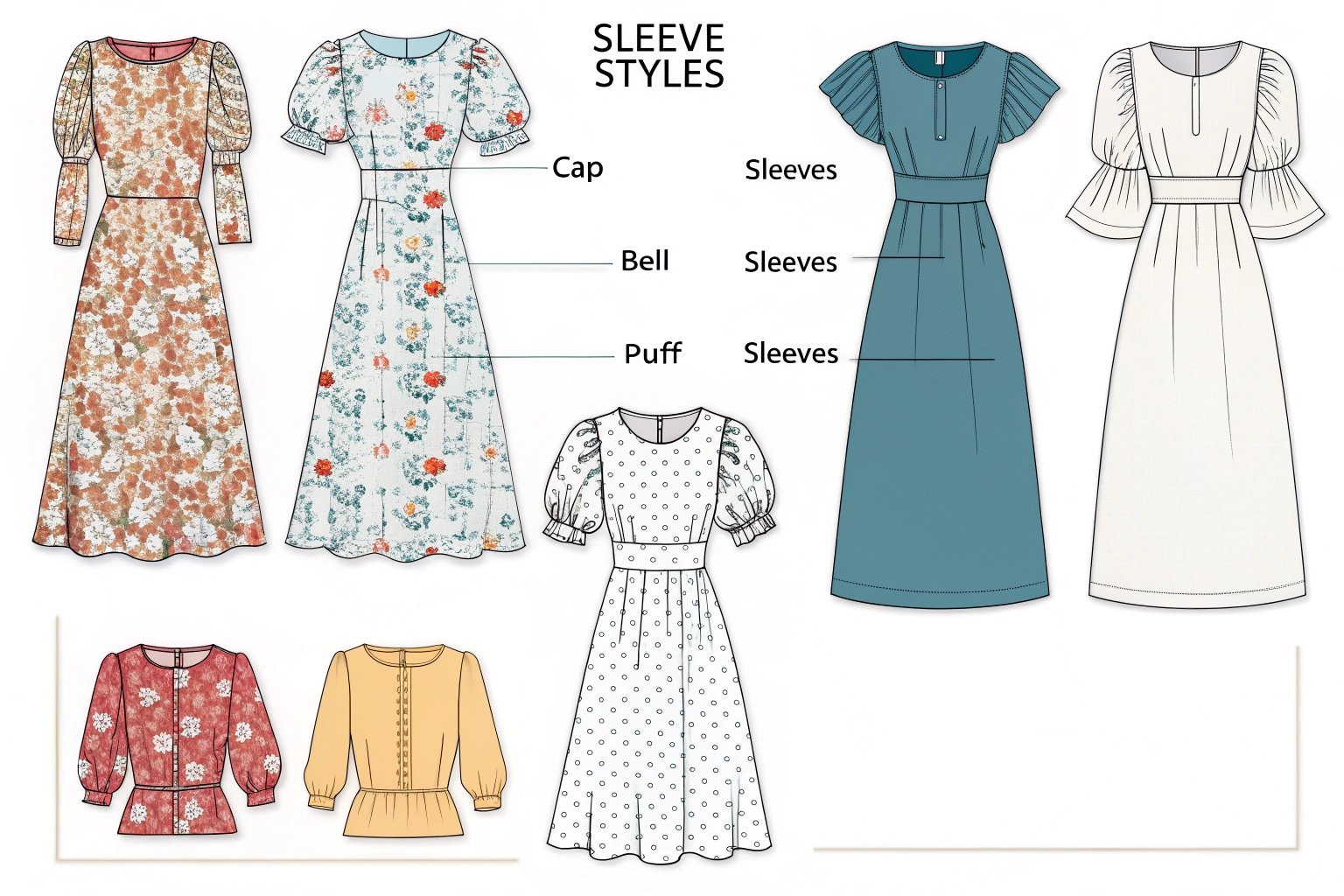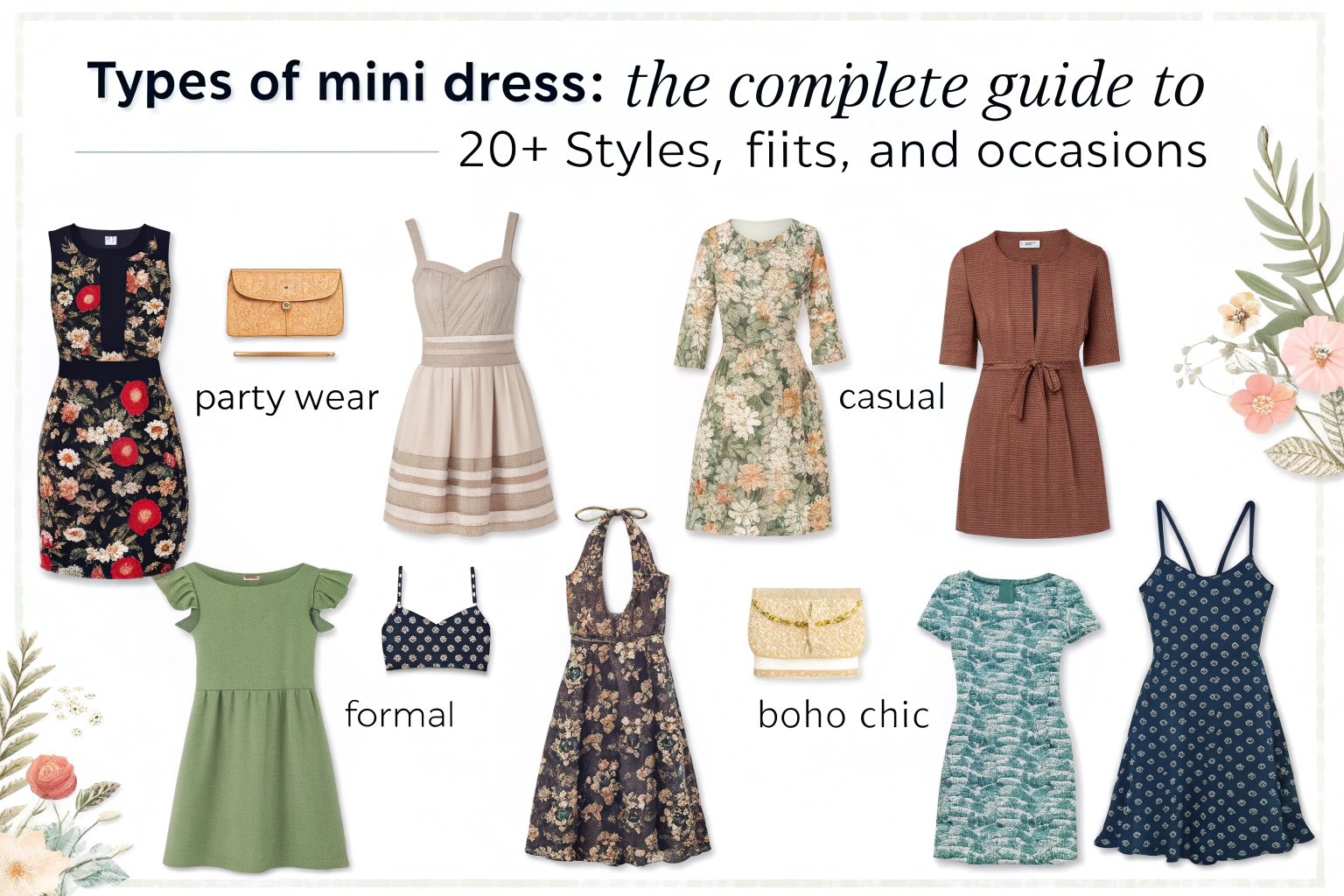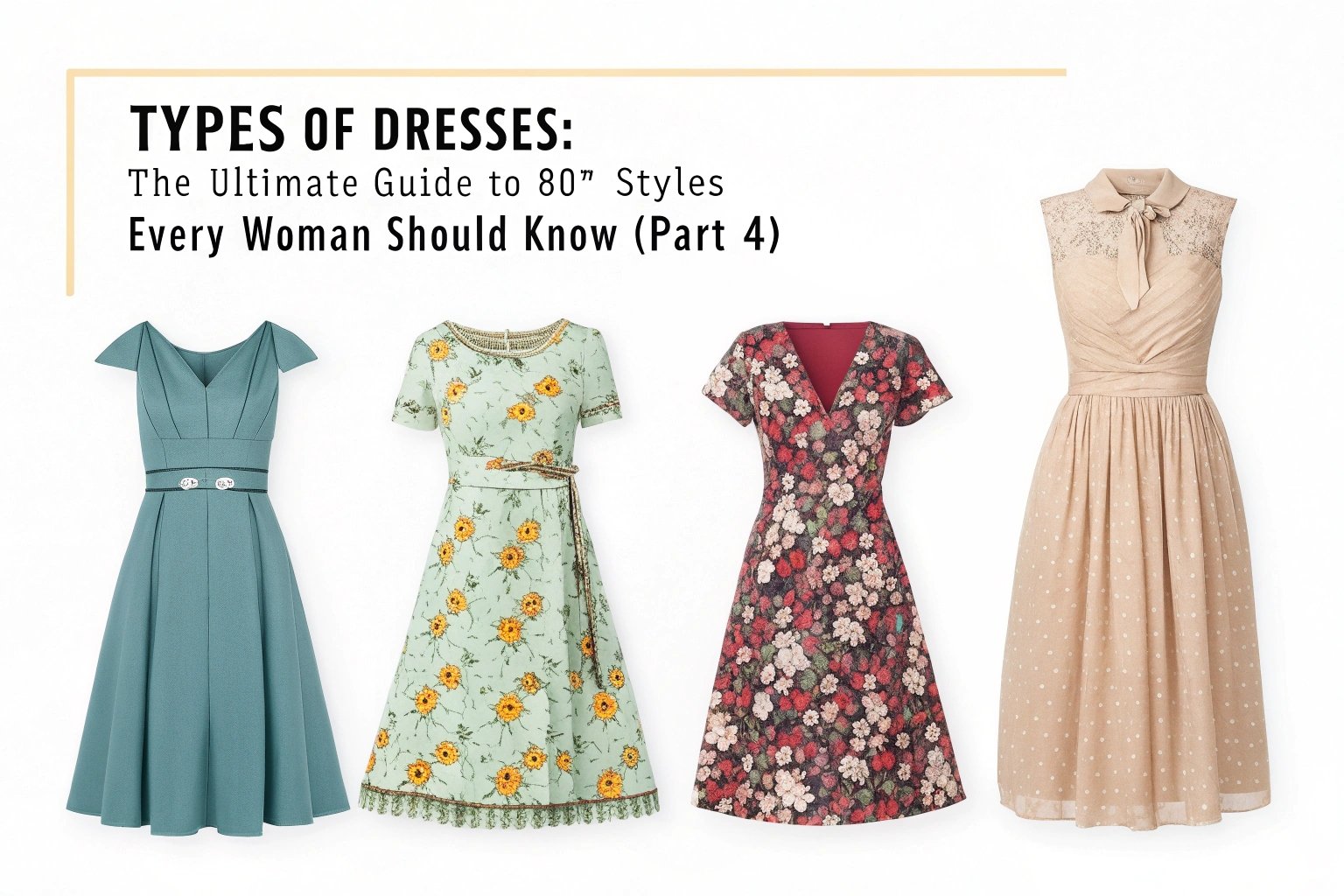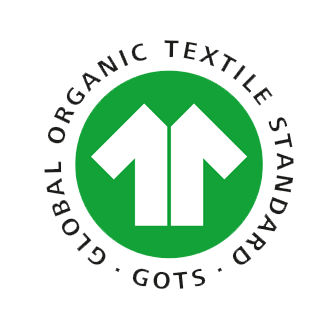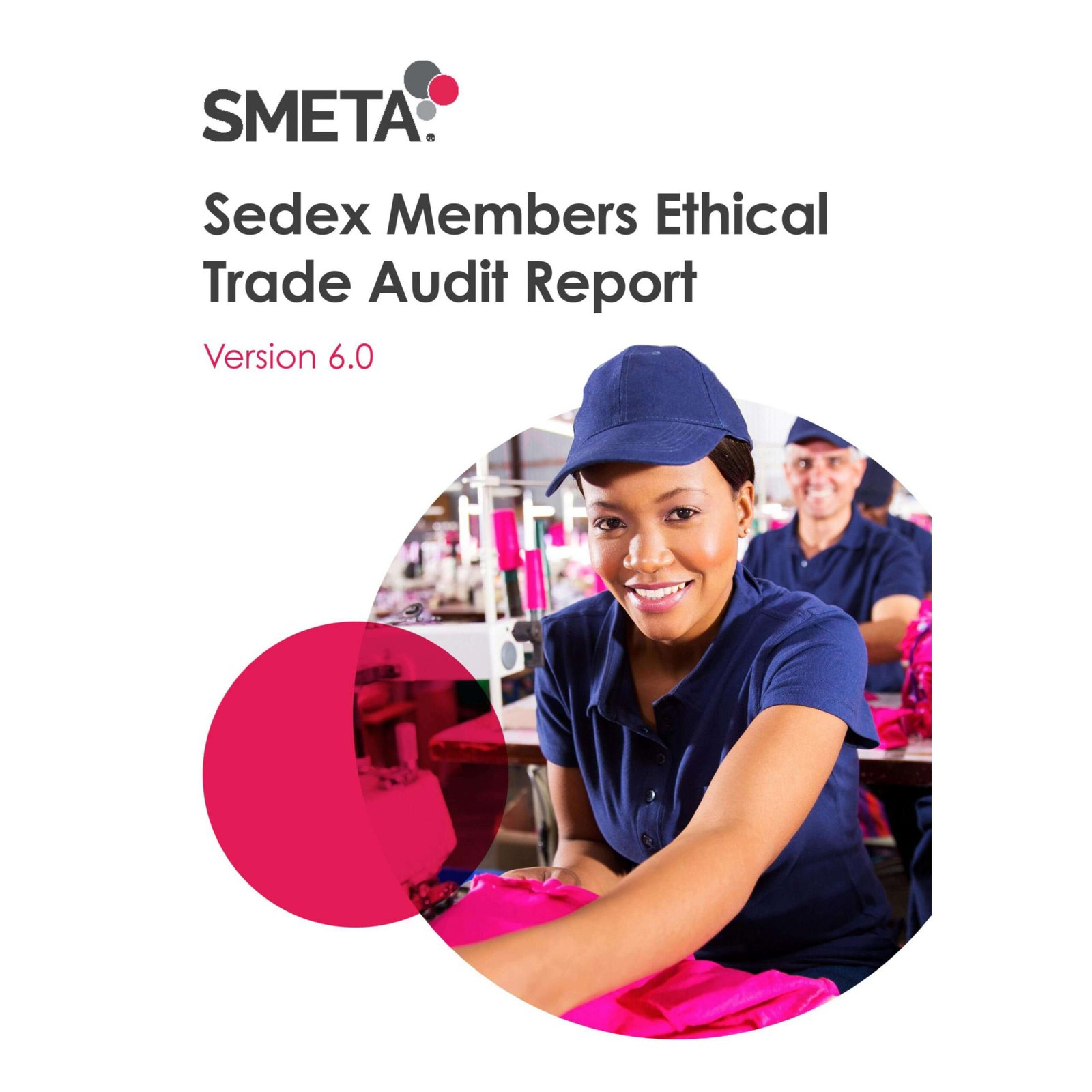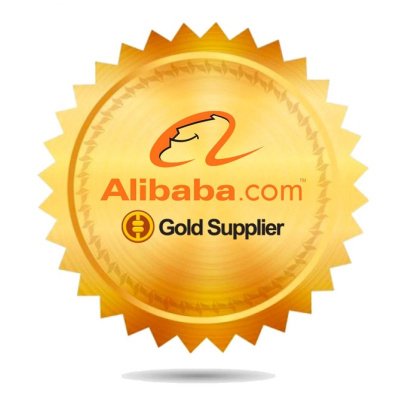Most people say “clothing factory” without realizing there are different types, structures, and terms used in the apparel industry. At Xzapparel, we interact with various manufacturing models—from fully vertical factories to specialized cut-and-sew units—and each one has distinct roles and business implications. So, what exactly do you call a factory that makes clothes?
A factory that makes clothes is generally called a “garment factory,” but depending on the scope of work, it can also be referred to as an “apparel manufacturer,” “cut-and-sew factory,” or a “CM (Cut & Make) unit.”
Let’s break down the industry terminology and what each type entails.

What is the difference between a garment factory and an apparel manufacturer?
While often used interchangeably, they carry slightly different meanings.
A garment factory typically refers to the physical facility where clothing is stitched and assembled, while an apparel manufacturer might oversee design, sampling, production, and even logistics.
Key Differences
| Term | Meaning |
|---|---|
| Garment Factory | Focuses on stitching and construction of garments |
| Apparel Manufacturer | Involves full production process from sourcing to shipping |
At Xzapparel, we function as a full apparel manufacturer, offering both production and value-added services like design refinement, sampling, and fabric sourcing.
What does a cut-and-sew factory do?
It executes one of the most critical steps in clothing production.
A cut-and-sew factory handles fabric cutting and sewing based on pre-developed patterns, without handling design or sourcing.
Scope of Cut-and-Sew Units
- Receive tech packs or patterns from brand or design house
- Cut fabric according to specified dimensions
- Sew panels into finished garments
- Deliver to brand or export team
These factories are often ideal for brands that already handle design and sourcing and just need a reliable production partner.

What is a CM (Cut & Make) unit?
A CM factory does the absolute basics.
“Cut and Make” factories only cut fabrics and stitch garments. They don’t handle trims sourcing, fabric procurement, or shipping.
CM Characteristics
- Minimal overhead and margin
- Brand or buying house must supply all materials
- Common in low-cost, high-efficiency countries
- Focused purely on labor output
Some buyers choose CM for cost-saving, but it requires greater effort in coordination.
What is a full-package manufacturer (FPP)?
This is the most hands-off solution for brands.
A full-package manufacturer offers end-to-end service—from design and sourcing to final shipment, often including quality control and compliance documentation.
What FPP Covers
- Fabric sourcing
- Trim and label production
- Pattern making and grading
- Sampling and revisions
- Bulk production
- QC and packing
- Export logistics
We at Xzapparel operate largely on an FPP model, which helps boutique brands and DTC labels streamline their growth.
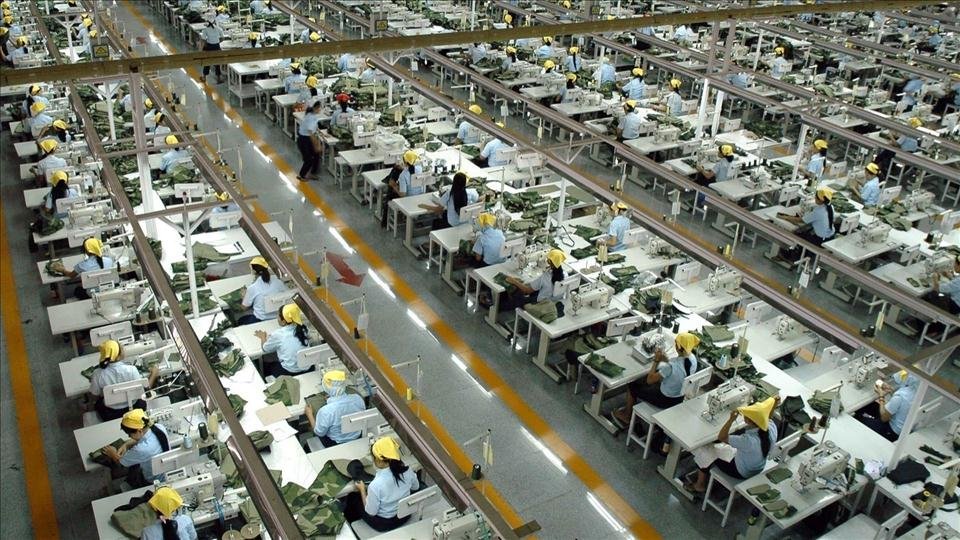
What departments exist inside a clothing factory?
A lot more than just sewing.
The internal structure of a garment factory includes design, cutting, sewing, finishing, quality control, packaging, and admin.
Standard Department Breakdown
| Department | Responsibility |
|---|---|
| Sampling | Creates prototypes from tech packs |
| Cutting | Spreads fabric and cuts to pattern |
| Sewing | Joins panels with stitch machines |
| Finishing | Adds buttons, presses, and inspects |
| QC | Checks final garments against spec |
| Packing | Folds, tags, and boxes garments |
| Merchandising | Communicates with buyers and handles PO |
| Admin/HR | Manages staffing and legal compliance |
This is why factory layout and organization heavily impact delivery lead time and quality consistency.
How are clothing factories classified by production scale?
By size and capacity.
Factories are often labeled as small, medium, or large-scale based on number of lines, monthly capacity, and specialization.
Scale Breakdown
| Scale | Lines | Monthly Output | Ideal For |
|---|---|---|---|
| Small | 1–2 | 5,000–10,000 | Startups, niche collections |
| Medium | 3–6 | 15,000–40,000 | Mid-sized brands |
| Large | 7+ | 50,000+ | Mass retailers, enterprise orders |
We operate 6 lines at Xzapparel, which allows us to handle both boutique batches and high-volume scaling.

What are ethical clothing factories called?
Sometimes referred to by certification.
Ethical factories often hold certifications such as WRAP, BSCI, SEDEX, or Fair Trade to signify good labor conditions and fair wages.
What Makes a Factory Ethical?
- Fair pay for workers
- Safe working environments
- No child labor or forced labor
- Clear documentation and auditing
Buyers increasingly request certified compliance when sourcing from Asia and other developing regions.
Conclusion
The term “clothing factory” might sound generic, but in reality, there’s a world of variation behind it. Understanding these distinctions helps fashion brands choose the right production partner—whether they need full-package services or basic labor solutions. At Xzapparel, we tailor our manufacturing models to suit each client’s growth stage, budget, and brand promise.
Need a factory that matches your fashion goals—whether it’s boutique, premium, or scale-ready? Let’s connect.


